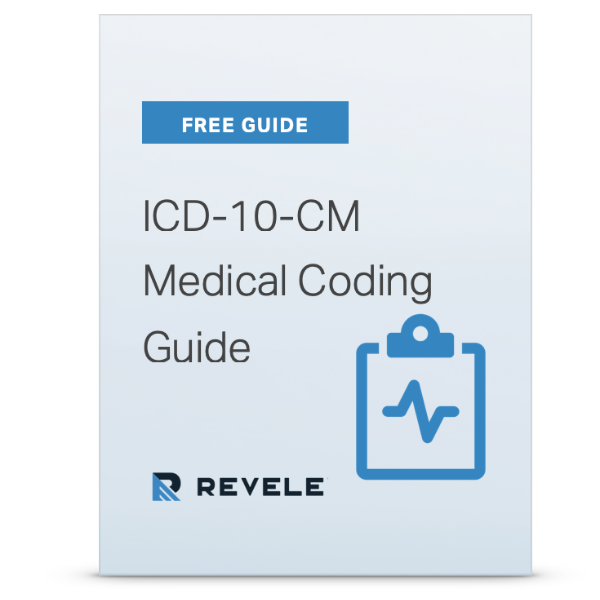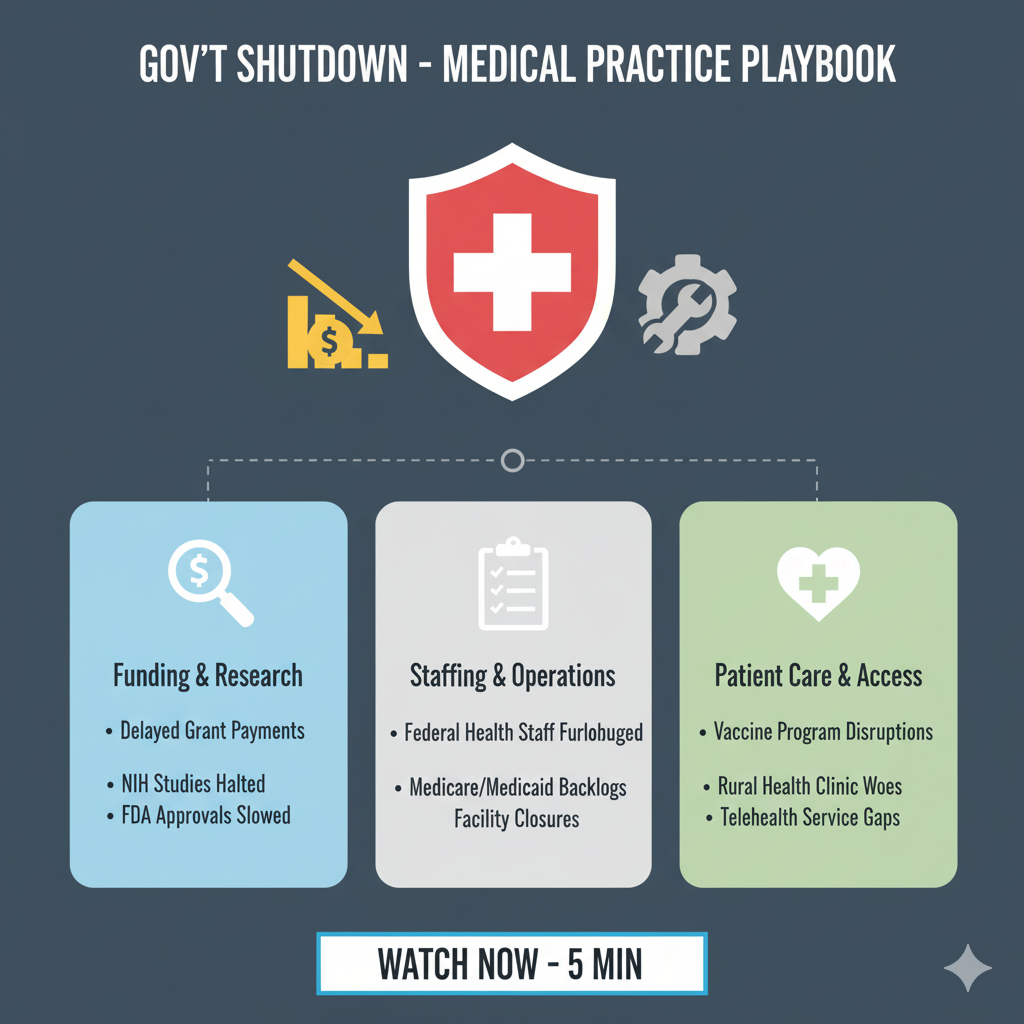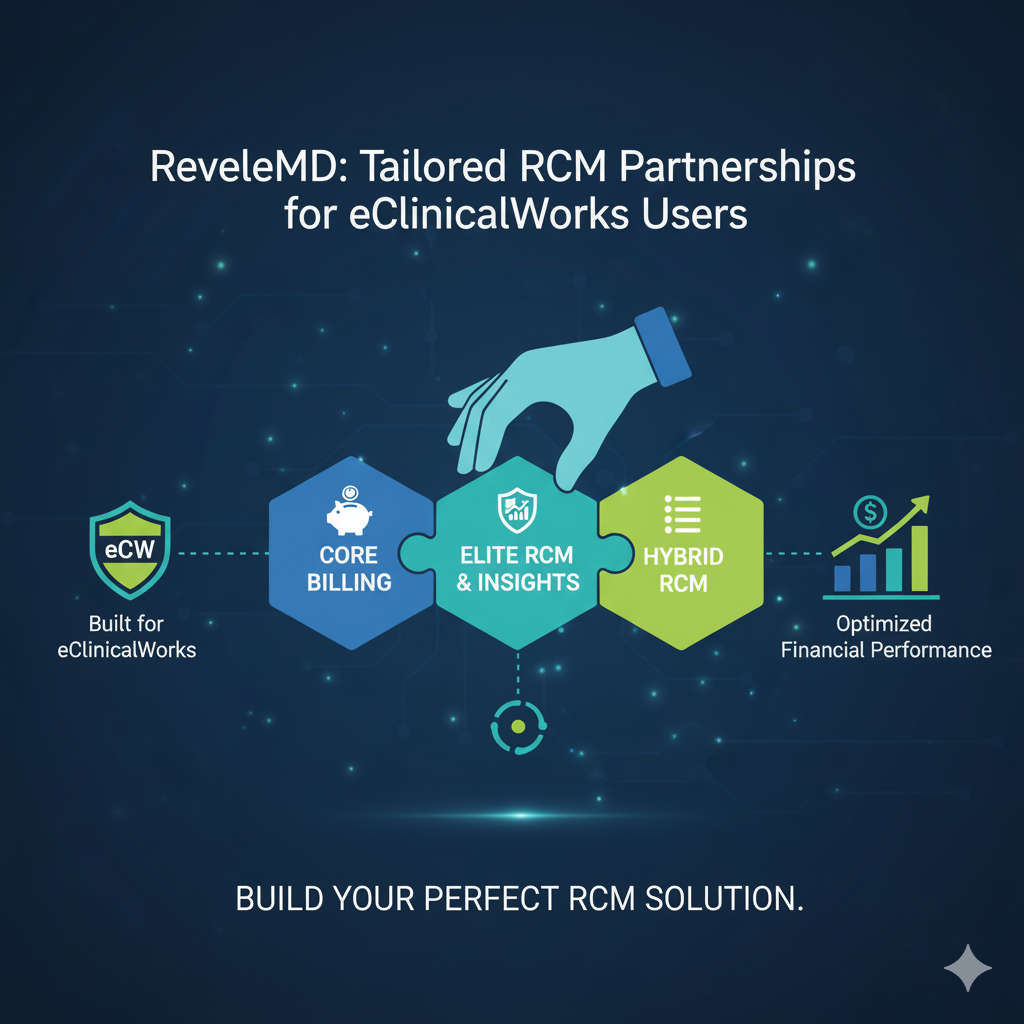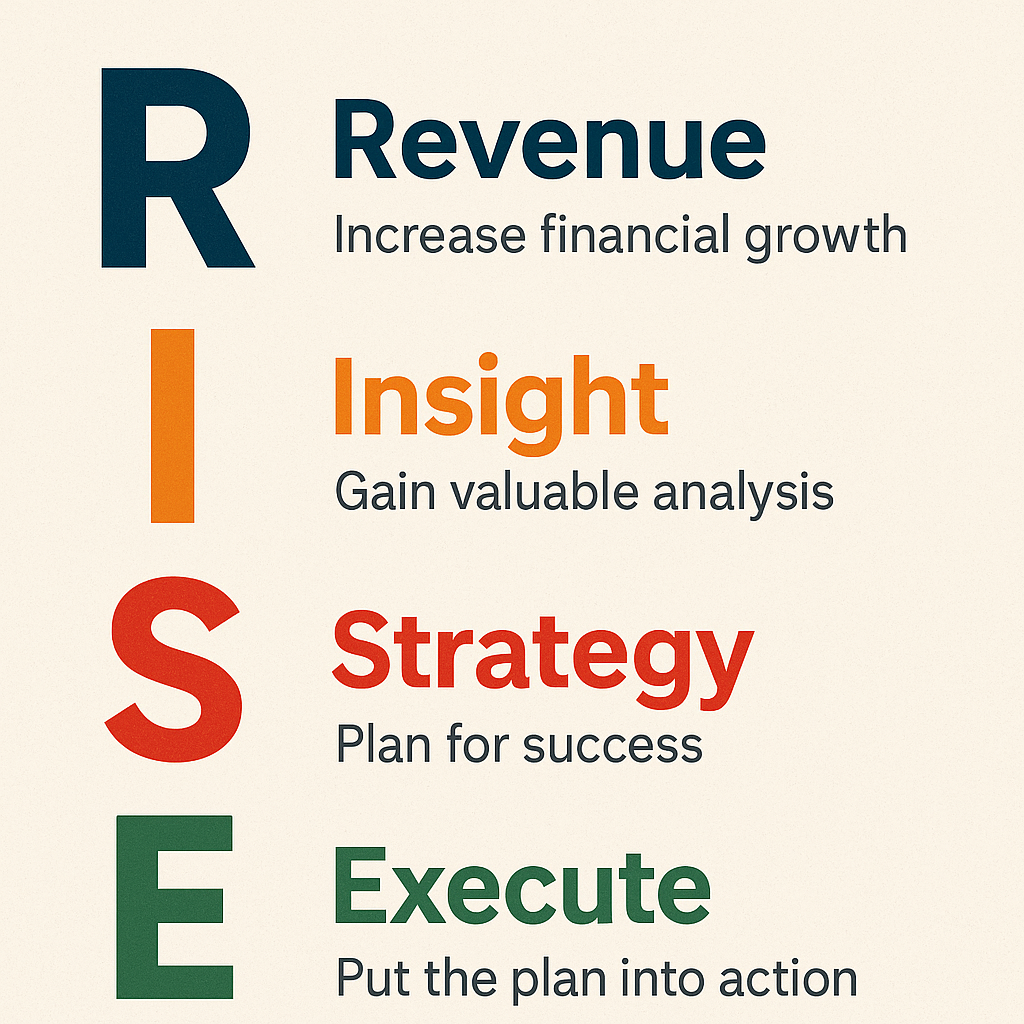The incorporation of value-based payment into healthcare revenue cycle management is one of the defining narratives of this era of healthcare in the United States. The Department of Health and Human Services hopes to shift its payment system to nearly one-third value-based this year, with 50% of its payments to be value-based by the year 2018. Furthermore, it expects nearly all fee-for-service health plans to include some degree of value-based components by then.
Healthcare has been drifting toward value-based payment systems for years, and got a bigger push by the implementation of the Affordable Care Act. It's something that sounds great in theory, but how do hospital CFOs budget during this rather confusing transition period?
With both value-based and fee-for-service payment systems in play, the lack of consistency can seriously disrupt revenue cycle management. Moreover, how is "value" defined in this new paradigm? It's a question many practices and hospitals are confronting.
How Do You Know What Quality Metrics to Focus On?
Healthcare providers are willing to measure quality, but there's no consistent set of metrics with which to do this. Different payers use different measures, and nobody is sure where it's all going to settle out. Many providers are keeping an eye on Medicare, because history indicates that private payers often follow the example set by the Center for Medicare and Medicaid Studies (CMS).
Currently, however, the "metrics" field is very crowded, and confusing. For example, in Washington State, the legislature identified 52 "starter" metrics for state and private payers to use in value-based purchasing.
Incorporating these metrics into payment models is a big task that will take time and effort. On the federal level, 24 CMS measures are in place for 2016 value-based purchasing, with providers rated on achievement in cost-efficiency, outcomes, patient experience, and care processes.
Cost-Efficiency, Outcomes, Patient Experience, and Care Processes
CMS measures for this year begin with cost-efficiency, as measured by "spending per patient" as 20% of a provider's quality score. Outcomes, which account for 30% of a provider's score, includes 30-day mortality rates for patients with heart attack, heart failure, and pneumonia.
The Hospital Consumer Assessment of Healthcare Providers and Systems (HCAHPS) survey produces another 30% of the overall quality score. Patient experience is measured as communication with nurses, staff responsiveness, and pain management.
The final CMS category, which accounts for 20% of the quality score, is a measure of "process of care." This includes aftercare and instructions, such as hospital discharge instructions, instruction on preventing venous thrombosis after surgery, and removal of urinary catheters promptly after surgery.
Private payer contracts are increasingly incorporating quality into their payment measures too. With time, payers (private and public) are expected to focus around a more fixed number of measures, so it's critical that hospital CFOs pay attention to the measures payers are emphasizing.
The Four Pillars of the Value-Based Strategy
How can a physician practice or hospital get their arms around the huge concept of value-based payment, especially in a real-world environment where fee-for-service is still widely used? A report from the American Hospital Association sets out a strategy based on four key supports.
1) Aligning Providers Across the Continuum of Care
First, aligning all providers across the continuum of care is essential. This may encompass measures like clinical provider contracts with performance and efficiency incentives and straightforward availability of non-acute healthcare services. It may also include distribution of performance bonuses aligned to quality measures.
2) Evidence-Based Practices
Second, the use of evidence-based practices for making care quality and patient safety better should be a priority. Doing this means sound management of care transitions as well as reducing preventable hospital admissions and readmissions.
3) Maximizing Productivity and Optimizing RCM
The third column of support is maximizing productivity and optimizing revenue cycle management in terms of measures like expense per care episode. Targeted cost reduction and risk management are also parts of this aspect of value-based payment.
4) Integrated IT and Data
Finally, the use of integrated IT and data is expected to serve value-based care goals by reducing time until test results are made available, delivering data that can elucidate population health patterns, and coordinating the use of electronic health records (EHRs) across each patient's continuum of care.
The vast majority of providers now participate in at least one value-based payment system, and only a slightly smaller majority expects the value-based model to dominate healthcare finance in the future.
Many providers are concerned that value-based plans will require more staffing and time management as well as administrative effort. Succeeding with value-based care will be a matter of realigning processes and putting technology (like EHRs) to work wherever possible.
end-to-end rcm solution
Demand more from your revenue cycle.
Our integrated solution brings together robust data, intelligent claim handling, and performance consulting to guarantee a 10% increase in cash flow.








